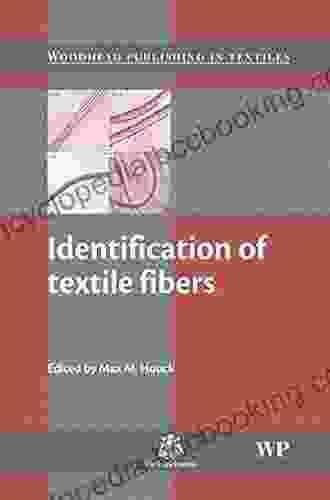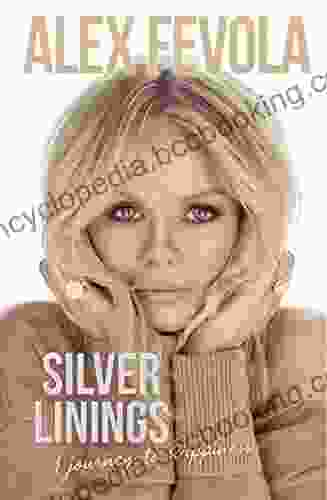Identification of Textile Fibers: A Comprehensive Guide for Professionals

In the vibrant tapestry of textiles, the threads that weave together its intricate patterns are the textile fibers. Understanding the properties and characteristics of these fibers is crucial for anyone involved in the textile industry, from designers to manufacturers to quality control experts. Here, we present a comprehensive guide to textile fiber identification, empowering you with the knowledge to navigate the diverse world of fibers and make informed decisions.
5 out of 5
| Language | : | English |
| File size | : | 17629 KB |
| Text-to-Speech | : | Enabled |
| Screen Reader | : | Supported |
| Enhanced typesetting | : | Enabled |
| Print length | : | 375 pages |
A Tapestry of Natural Fibers
Nature provides a vast array of natural fibers, each with unique properties and applications. Let's explore some of the most significant:
- Cotton: The quintessential natural fiber, cotton is soft, breathable, and absorbent, making it ideal for clothing, bedding, and towels.

- Wool: Derived from sheep, goats, and other animals, wool is prized for its warmth, elasticity, and wrinkle resistance. It is commonly used in sweaters, suits, and carpets.

- Silk: A luxurious natural fiber produced by silkworms, silk is known for its exceptional smoothness, drape, and luster. It is used in high-end garments, scarves, and bedding.

- Linen: Made from flax plants, linen is characterized by its durability, wrinkle resistance, and moisture-wicking properties. It is commonly used in tablecloths, napkins, and summer clothing.
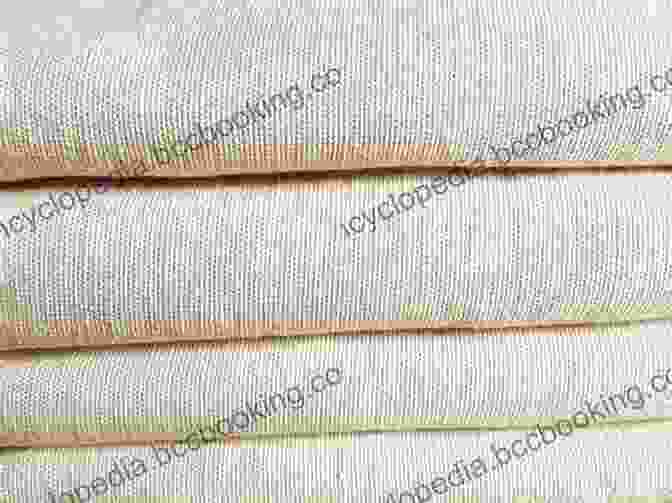
- Jute: A sturdy natural fiber extracted from jute plants, jute is used in the production of burlap, twine, and carpet backing.
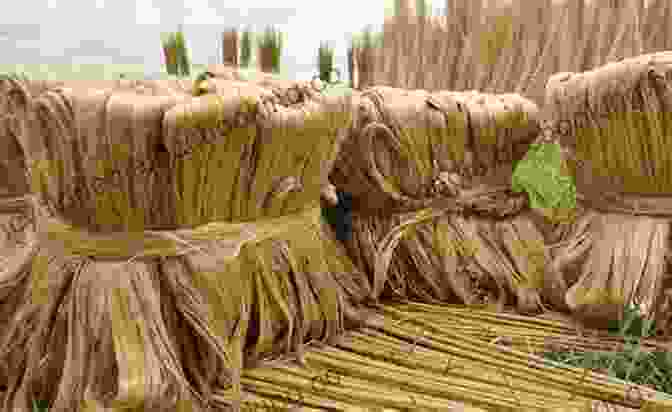
- Hemp: A versatile natural fiber derived from the hemp plant, hemp is both durable and environmentally friendly. It is used in clothing, ropes, and construction materials.
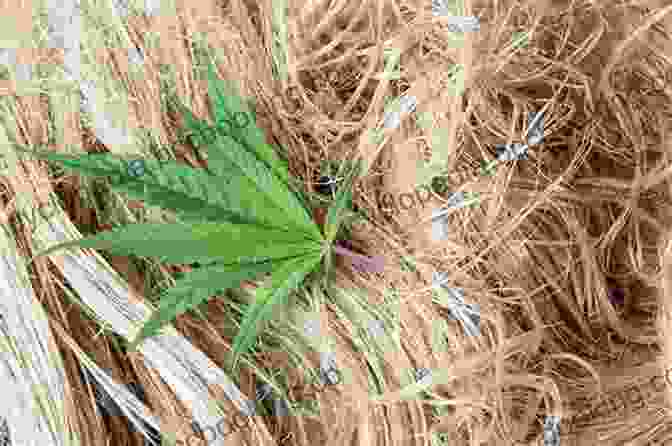
Exploring the Realm of Synthetic Fibers
Alongside natural fibers, synthetic fibers have revolutionized the textile industry with their unique properties and versatility:
- Polyester: A strong and wrinkle-resistant synthetic fiber, polyester is widely used in clothing, sportswear, and upholstery.
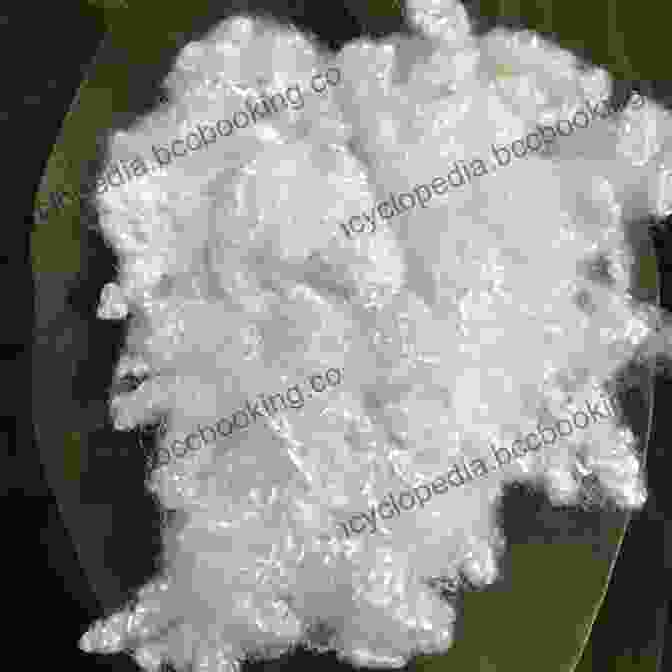
- Nylon: A durable and elastic synthetic fiber, nylon is used in sportswear, stockings, and ropes.
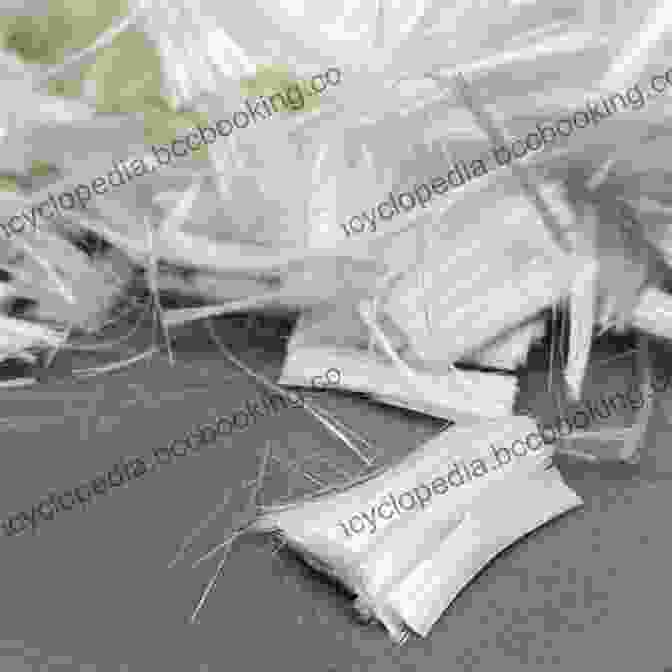
- Acrylic: A soft and lightweight synthetic fiber, acrylic resembles wool but is hypoallergenic and less expensive. It is commonly used in sweaters, blankets, and toys.
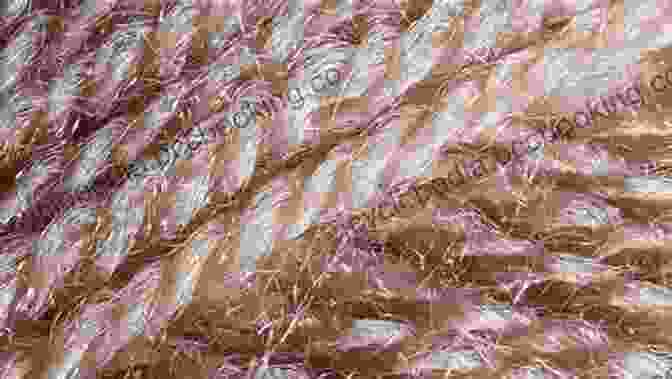
- Spandex: A highly elastic synthetic fiber, spandex is used to create stretchy fabrics for sportswear, swimwear, and shapewear.

- Rayon: A semi-synthetic fiber made from cellulose, rayon is absorbent and breathable, making it suitable for clothing, bedding, and curtains.
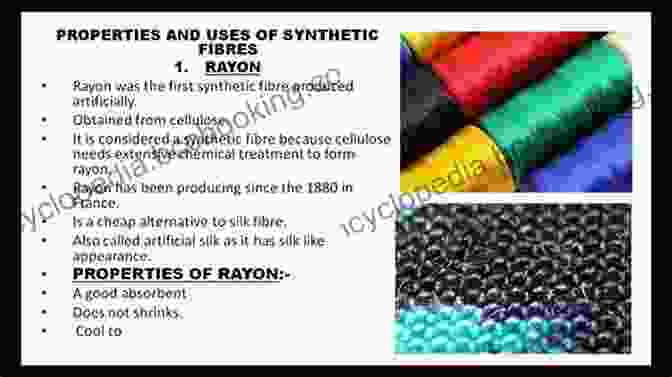
- Modal: Another semi-synthetic fiber, modal is made from beech wood pulp and is known for its softness, smoothness, and moisture-wicking properties. It is often used in high-quality underwear, sportswear, and bedding.

Unraveling the Secrets of Fiber Identification
Identifying textile fibers is crucial for determining their properties, suitability for specific applications, and appropriate care and maintenance. Here are some common methods used:
- Burn Test: This simple test involves burning a small sample of the fiber and observing the flame characteristics, odor, and ash residue.
- Chemical Tests: Specific chemical reagents can be used to identify different fibers based on their reactions.
- Microscopy: Examining fibers under a microscope can reveal their shape, size, and surface characteristics.
- Infrared Spectroscopy: This technique uses infrared radiation to analyze the molecular structure of the fiber.
- X-ray Diffraction: This method uses X-rays to determine the crystalline structure of the fiber.
Empowering Textile Professionals
Mastering textile fiber identification is an invaluable skill for professionals in the textile industry. It enables them to:
- Select the right fibers for specific applications, ensuring optimal performance and durability.
- Maintain and care for textile products appropriately, prolonging their lifespan and preserving their quality.
- Detect fiber blends and adulterations, ensuring product authenticity and consumer protection.
- Stay abreast of the latest fiber innovations and technological advancements.
The identification of textile fibers is a comprehensive field that encompasses the study of their properties, characteristics, and applications. By unraveling the mysteries of these fundamental building blocks of textiles, professionals can make informed decisions, optimize product performance, and drive innovation in the industry. This guide provides a solid foundation for those seeking to deepen their knowledge of textile fibers and navigate the vibrant world of fabrics.
5 out of 5
| Language | : | English |
| File size | : | 17629 KB |
| Text-to-Speech | : | Enabled |
| Screen Reader | : | Supported |
| Enhanced typesetting | : | Enabled |
| Print length | : | 375 pages |
Do you want to contribute by writing guest posts on this blog?
Please contact us and send us a resume of previous articles that you have written.
 Book
Book Novel
Novel Page
Page Chapter
Chapter Text
Text Story
Story Genre
Genre Reader
Reader Library
Library Paperback
Paperback E-book
E-book Magazine
Magazine Newspaper
Newspaper Paragraph
Paragraph Sentence
Sentence Bookmark
Bookmark Shelf
Shelf Glossary
Glossary Bibliography
Bibliography Foreword
Foreword Preface
Preface Synopsis
Synopsis Annotation
Annotation Footnote
Footnote Manuscript
Manuscript Scroll
Scroll Codex
Codex Tome
Tome Bestseller
Bestseller Classics
Classics Library card
Library card Narrative
Narrative Biography
Biography Autobiography
Autobiography Memoir
Memoir Reference
Reference Encyclopedia
Encyclopedia Alessia Mainardi
Alessia Mainardi Adam H Balen
Adam H Balen Alex Reinhart
Alex Reinhart Aisha Khalfay
Aisha Khalfay Akira Maria Leblanc
Akira Maria Leblanc Adam Tooze
Adam Tooze Alan Weiss
Alan Weiss Adam Savage
Adam Savage Alan Parks
Alan Parks A Sanguineti
A Sanguineti Alan Zweibel
Alan Zweibel A J Parr
A J Parr Adrian Miller
Adrian Miller Alethea Kontis
Alethea Kontis Alan Aymie
Alan Aymie Adam Federman
Adam Federman Alberlin Torres
Alberlin Torres Alex Bezzerides
Alex Bezzerides Alex Ross
Alex Ross Alana Chernila
Alana Chernila
Light bulbAdvertise smarter! Our strategic ad space ensures maximum exposure. Reserve your spot today!
 Caleb CarterFollow ·13.7k
Caleb CarterFollow ·13.7k Jessie CoxFollow ·6.7k
Jessie CoxFollow ·6.7k Dale MitchellFollow ·19.4k
Dale MitchellFollow ·19.4k Billy FosterFollow ·12.1k
Billy FosterFollow ·12.1k Ian McEwanFollow ·7.2k
Ian McEwanFollow ·7.2k Benji PowellFollow ·2.3k
Benji PowellFollow ·2.3k Felix CarterFollow ·3.9k
Felix CarterFollow ·3.9k Cody BlairFollow ·12.5k
Cody BlairFollow ·12.5k
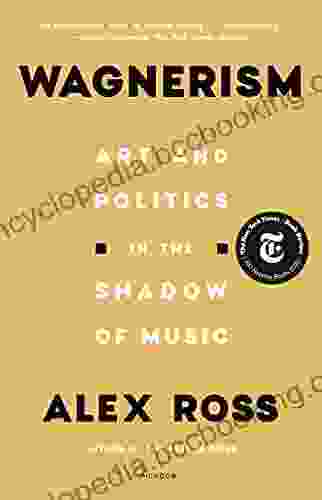
 Francis Turner
Francis TurnerArt and Politics in the Shadow of Music
Music has...

 Jaylen Mitchell
Jaylen MitchellHow Algorithms Are Rewriting The Rules Of Work
The workplace is...

 Chandler Ward
Chandler WardRio de Janeiro & Minas Gerais Footprint Handbooks:...
Embark on an extraordinary adventure through...
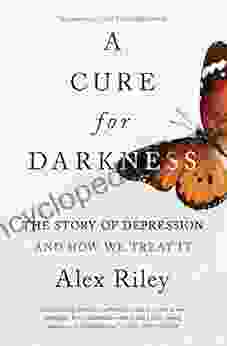
 David Mitchell
David MitchellThe Story of Depression: Understanding and Treating a...
Delving into the Shadows of...

 Al Foster
Al FosterStatistics Done Wrong: The Woefully Complete Guide
Tired of being...
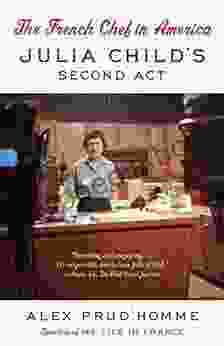
 DeShawn Powell
DeShawn PowellJulia Child's Second Act: A Tale of Triumph,...
Julia Child is an...
5 out of 5
| Language | : | English |
| File size | : | 17629 KB |
| Text-to-Speech | : | Enabled |
| Screen Reader | : | Supported |
| Enhanced typesetting | : | Enabled |
| Print length | : | 375 pages |


